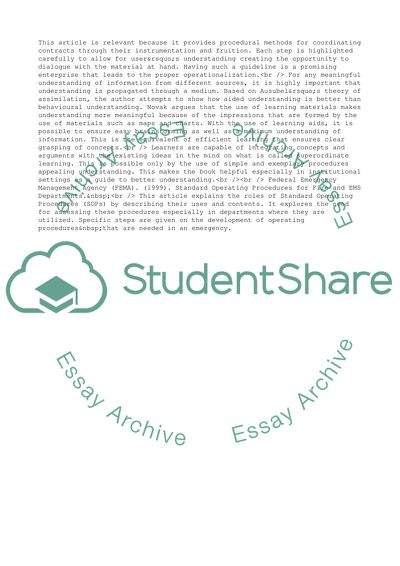Cite this document
(Development of a Personnel Policy within an Organization Annotated Bibliography - 1, n.d.)
Development of a Personnel Policy within an Organization Annotated Bibliography - 1. Retrieved from https://studentshare.org/management/1806491-annotated-bibliography
Development of a Personnel Policy within an Organization Annotated Bibliography - 1. Retrieved from https://studentshare.org/management/1806491-annotated-bibliography
(Development of a Personnel Policy Within an Organization Annotated Bibliography - 1)
Development of a Personnel Policy Within an Organization Annotated Bibliography - 1. https://studentshare.org/management/1806491-annotated-bibliography.
Development of a Personnel Policy Within an Organization Annotated Bibliography - 1. https://studentshare.org/management/1806491-annotated-bibliography.
“Development of a Personnel Policy Within an Organization Annotated Bibliography - 1”, n.d. https://studentshare.org/management/1806491-annotated-bibliography.


